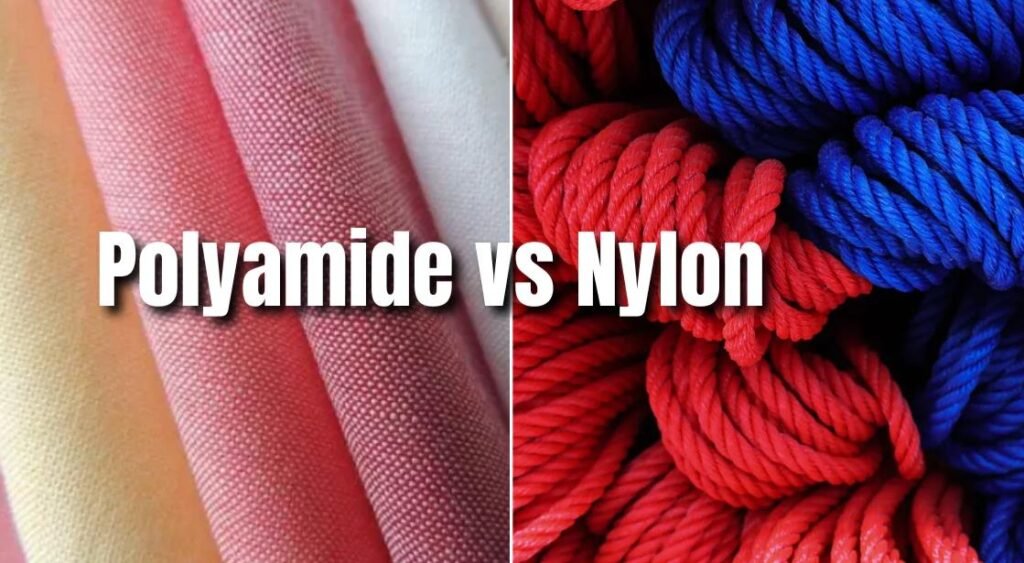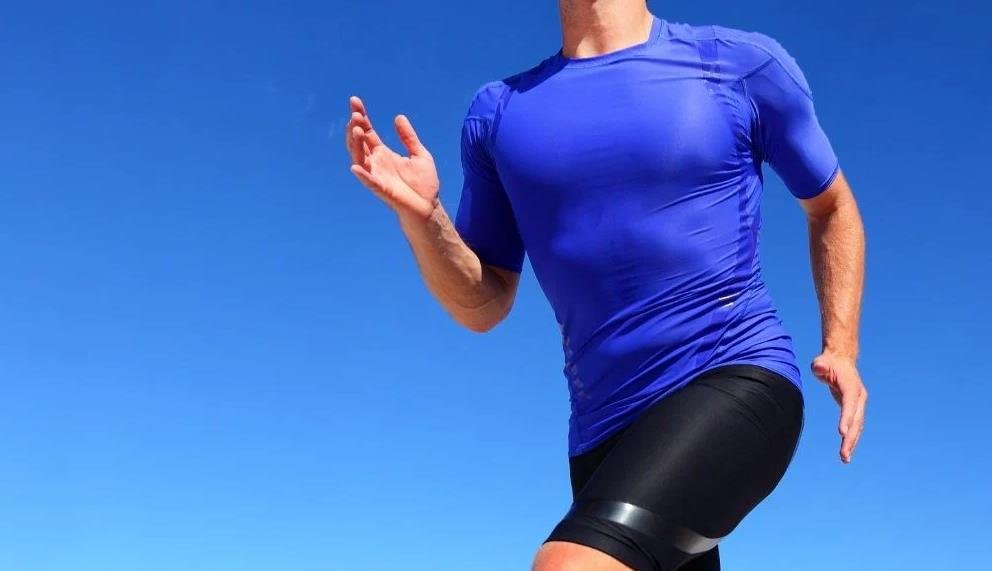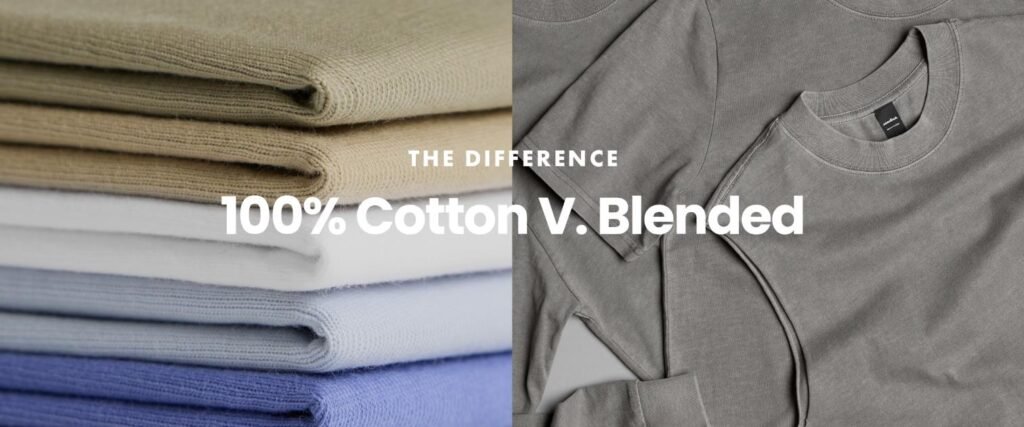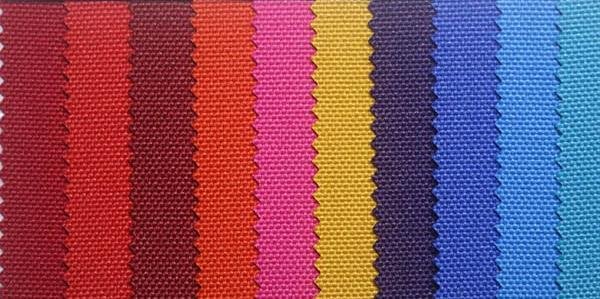Yoga wear is more than just stylish activewear – it’s a technical blend of fabrics designed to support movement, breathability, and comfort during physical activity. The materials used in yoga wear directly affect performance, fit, and how the clothing feels against the skin. In this article, we’ll explore the most common and innovative fabrics used in modern yoga apparel.
1. Nylon (Polyamide)

Nylon is one of the most widely used materials in performance yoga wear. It is known for its high durability, excellent elasticity, and smooth texture. Nylon-based fabrics are moisture-wicking, quick-drying, and resistant to abrasion, making them ideal for intense yoga sessions or outdoor workouts. It also offers a sleek look and snug fit, often seen in leggings and sports bras.
2. Polyester
Polyester is another popular synthetic fiber in yoga clothing. It’s lightweight, strong, and highly breathable. Polyester fabrics are also resistant to shrinking and wrinkling. Manufacturers often blend polyester with spandex to create garments that stretch and recover well, offering flexibility and comfort without losing shape.

3. Spandex (Elastane or Lycra)

Spandex is rarely used alone but is an essential component of most yoga garments. A small percentage (usually 10–20%) is blended with nylon or polyester to add stretch and flexibility. Spandex ensures that yoga pants, bras, and tops can move with your body and retain their shape over time.
4. Cotton and Cotton Blends
Cotton offers a soft, breathable feel and is sometimes used in yoga wear for light practice or lounging. However, pure cotton is not ideal for high-intensity sessions, as it retains moisture and dries slowly. Cotton is often blended with synthetic fibers to improve moisture management while preserving its natural comfort.

5. Bamboo Fiber
Bamboo fabric is an eco-friendly, sustainable option growing in popularity. It is naturally breathable, antibacterial, and moisture-wicking. Bamboo yoga wear is praised for its soft, silky texture and excellent temperature regulation. It’s a great choice for those with sensitive skin or looking for greener alternatives.

6. Recycled Polyester (RPET)

With the rise of sustainable fashion, many brands now offer yoga wear made from recycled polyester — usually derived from plastic bottles. RPET offers the same performance benefits as virgin polyester but with a reduced environmental impact. It’s a responsible choice for environmentally conscious consumers.
7. Patented or Technical Fabrics
Many yoga wear manufacturers, like ours, develop proprietary fabrics using patented blends. These materials are designed to deliver superior breathability, four-way stretch, fast-drying properties, and second-skin comfort. Coming directly from our own raw material factory, these fabrics are engineered for performance and long-term wear.
Finally
The materials used in yoga wear are more than just fabric – they are engineered tools to enhance movement, comfort, and performance. Whether you prefer the durability of nylon, the eco-friendliness of bamboo, or the innovation of patented blends, understanding fabric choices helps you make better buying (and selling) decisions.

![[JuncoSports]The Insider's Guide to Sourcing High-Quality Wholesale Yoga Apparel](https://www.juncosports.com/wp-content/uploads/2025/07/image-15.jpg)
![[JuncoSports]From Studio to Street: Top 5 Wholesale Yoga Apparel Trends for Maximum Profit](https://www.juncosports.com/wp-content/uploads/2025/07/image-16.jpg)
![[JuncoSports]7 Red Flags to Watch for When Choosing Yoga Clothing Suppliers](https://www.juncosports.com/wp-content/uploads/2025/07/image-17.jpg)
